Buy A lady and gentleman in black, Rembrandt - 1633 as a reproduction on canvas, ArtFrame, poster and wallpaper, printed on demand in high quality.
About "A lady and gentleman in black, Rembrandt - 1633"
About the artwork
The painting hung in the Isabella Stewart Gardner Museum in Boston, Massachusetts, before it was stolen on March 18, 1990.
Rembrandt Harmenszoon van Rijn (Leiden, July 15, 1606 - Amsterdam, October 4, 1669) was a Dutch painter, etcher and draughtsman. He is generally regarded as one of the greatest painters and etchers in European art, and as the most important Dutch master of the 17th century. Rembrandt produced approximately three hundred paintings, three hundred etchings and two thousand drawings. His work belongs to the Baroque period and is visibly influenced by Caravaggism, although he never visited Italy. His remarkable mastery of the play of light and dark, often using sharp contrasts (chiaroscuro) to draw the viewer into the picture, led to lively scenes full of drama.
The oeuvre of Rembrandt is divided by art historians[1] into five periods, beginning with the Leiden period (1625-1631). From about 1629, the development as an artist begins, with Rembrandt beginning to work with contrasts and his interest in the treatment of light, after 1640 a sobering begins. In the 1650s, brushstrokes are clearly visible and the colours richer.
Old Master collections
Discover more Old Masters in the following collections:
 Netherlands
Netherlands Ordered in June 2022
Ordered in June 2022
 Germany
Germany Ordered in March 2021
Ordered in March 2021
 Germany
Germany Ordered in February 2021
Ordered in February 2021
 Netherlands
Netherlands Ordered in July 2024
Ordered in July 2024
 Netherlands
Netherlands Ordered in December 2022
Ordered in December 2022
 Germany
Germany Ordered in June 2022
Ordered in June 2022
 Germany
Germany Ordered in June 2022
Ordered in June 2022
 Germany
Germany Ordered in August 2022
Ordered in August 2022
 Germany
Germany Ordered in November 2022
Ordered in November 2022
 Germany
Germany Ordered in March 2020
Ordered in March 2020
 Germany
Germany Ordered in April 2025
Ordered in April 2025
 Germany
Germany Ordered in January 2021
Ordered in January 2021
About the material
ArtFrame™
Interchangeable Art Prints
- High-quality print
- Easily interchangeable
- Acoustic function
- Large sizes available
Discover the Old Masters collection
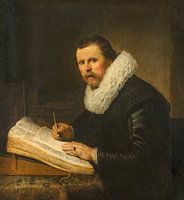 Portrait of a man with collar, Rembrandt
Portrait of a man with collar, Rembrandt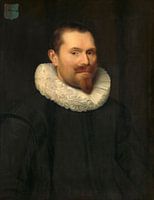 Portrait of a man, anonymous - 1633
Portrait of a man, anonymous - 1633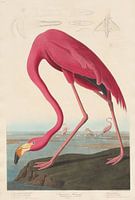 American Flamingo, original
American Flamingo, original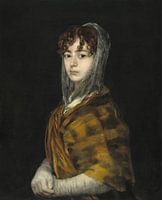 Francisca Sabasa y Garcia - Portrait woman old master of Francisco Goya
Francisca Sabasa y Garcia - Portrait woman old master of Francisco Goya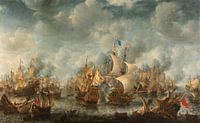 Battle of Terheide, Jan Abrahamsz. Beerstraten
Battle of Terheide, Jan Abrahamsz. Beerstraten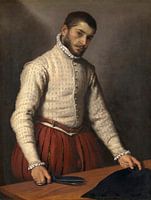 The Tailor, Giovanni Battista Moroni
The Tailor, Giovanni Battista Moroni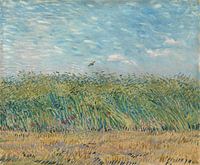 Vincent van Gogh, Cornfield with partridge
Vincent van Gogh, Cornfield with partridge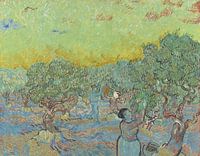 Olive grove with two olive pickers, Vincent van Gogh
Olive grove with two olive pickers, Vincent van Gogh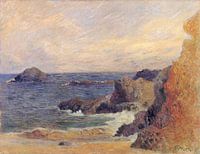 Rocks by the sea, Paul Gauguin - 1886
Rocks by the sea, Paul Gauguin - 1886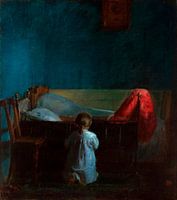 Evening prayers, Anna Ancher
Evening prayers, Anna Ancher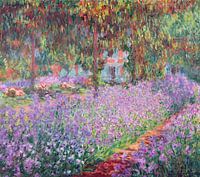 The Artist's Garden at Giverny, Claude Monet
The Artist's Garden at Giverny, Claude Monet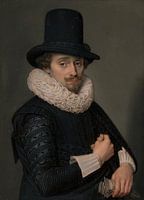 Self-portrait, Adriaen van de Venne
Self-portrait, Adriaen van de Venne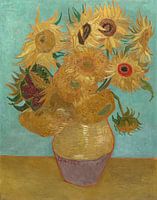 Vincent van Gogh. Sunflowers
Vincent van Gogh. Sunflowers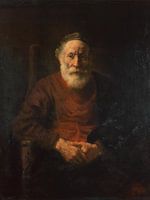 Portrait of an old man in red, Rembrandt
Portrait of an old man in red, Rembrandt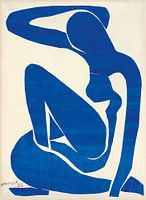 Henri Matisse. Blue nude
Henri Matisse. Blue nude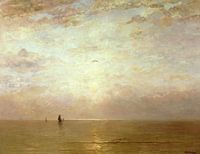 Sunset, Hendrik Willem Mesdag
Sunset, Hendrik Willem Mesdag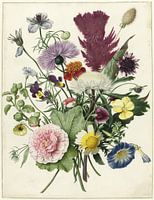 Bouquet of flowers on white background (seen at VT Wonen)
Bouquet of flowers on white background (seen at VT Wonen)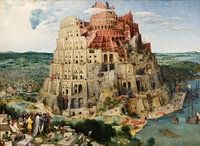 The Tower of Babel, Pieter Bruegel
The Tower of Babel, Pieter Bruegel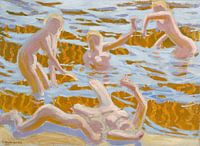 Oceanides, Akseli Gallen-Kallela
Oceanides, Akseli Gallen-Kallela Two little girls carrying a basket - Jozef Israels
Two little girls carrying a basket - Jozef Israels
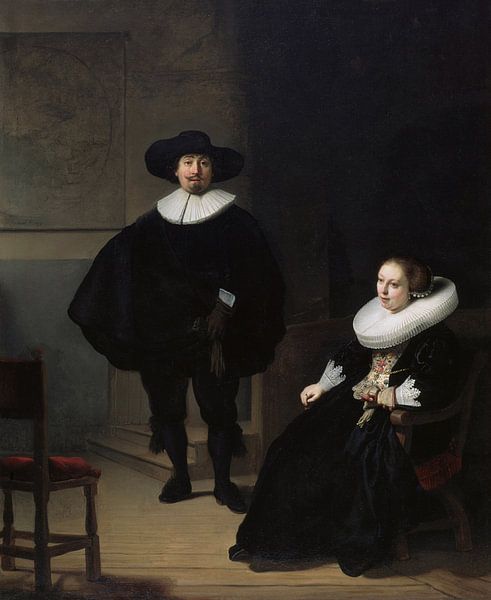
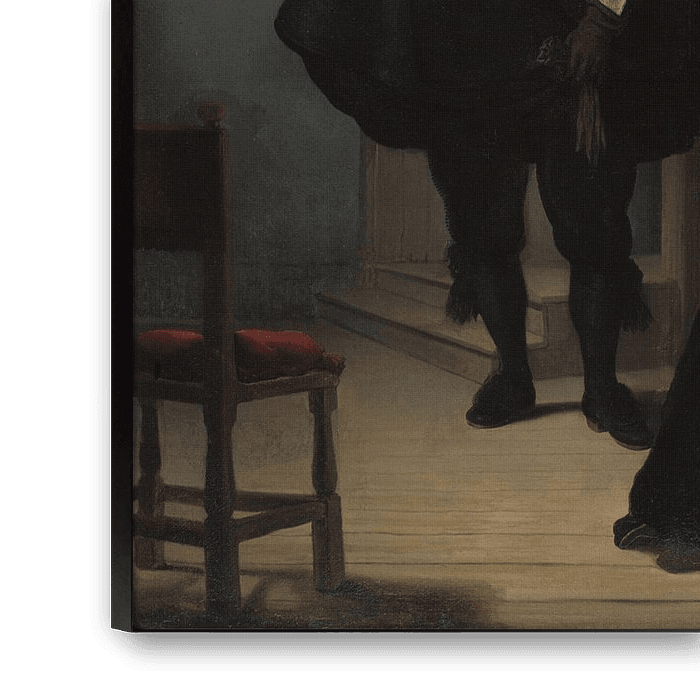
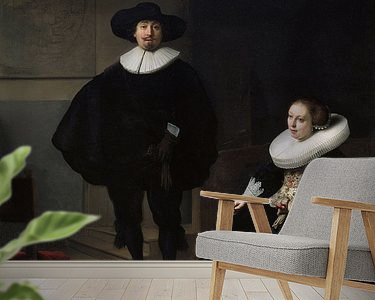


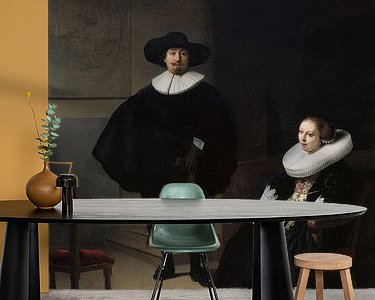

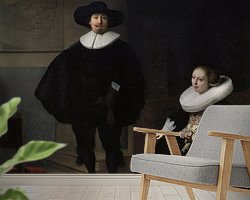



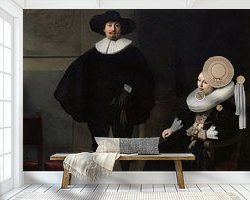
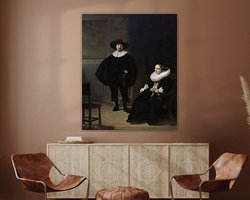
 Dutch School
Dutch School Elegant Expressions
Elegant Expressions Female
Female Female portrait
Female portrait Golden Age
Golden Age Men
Men Old masters
Old masters Portrait
Portrait Rembrandt van Rijn
Rembrandt van Rijn









